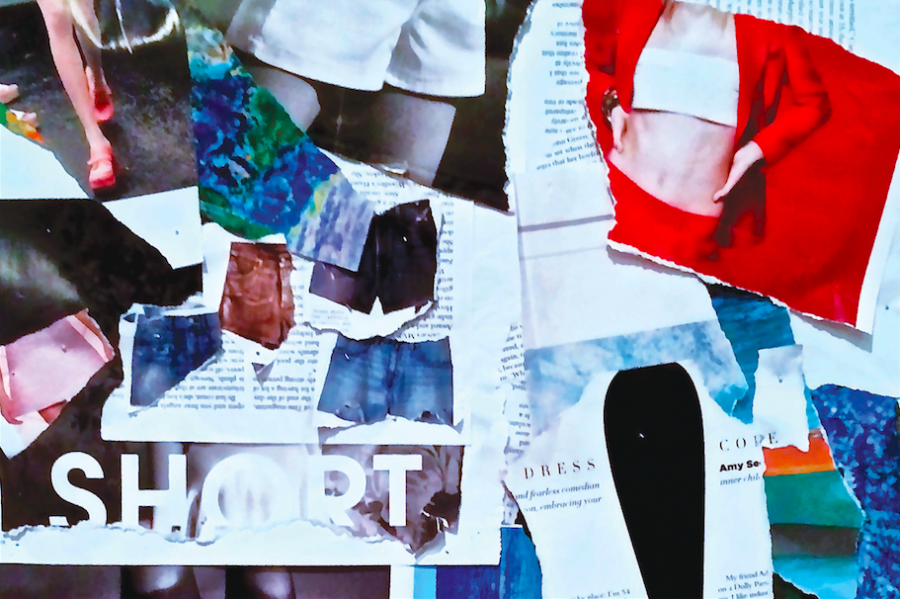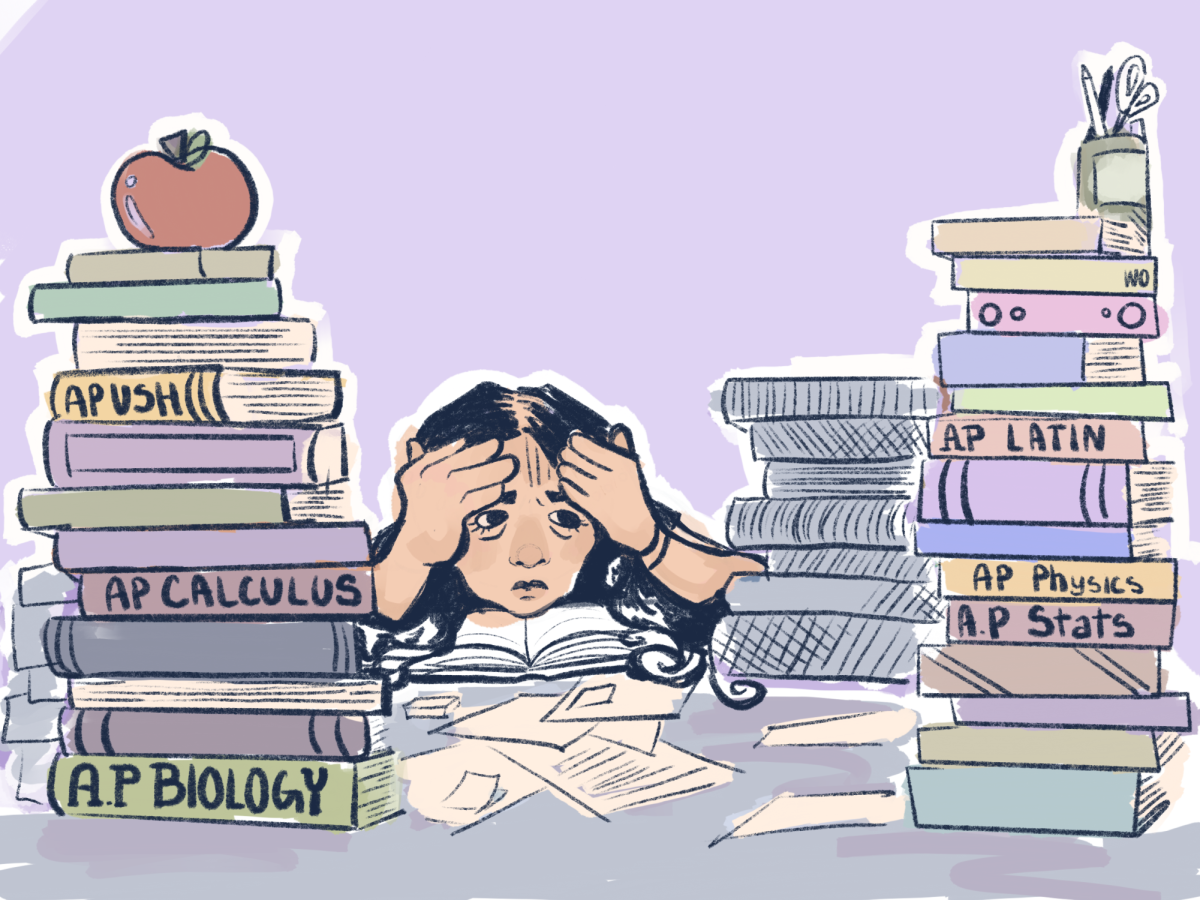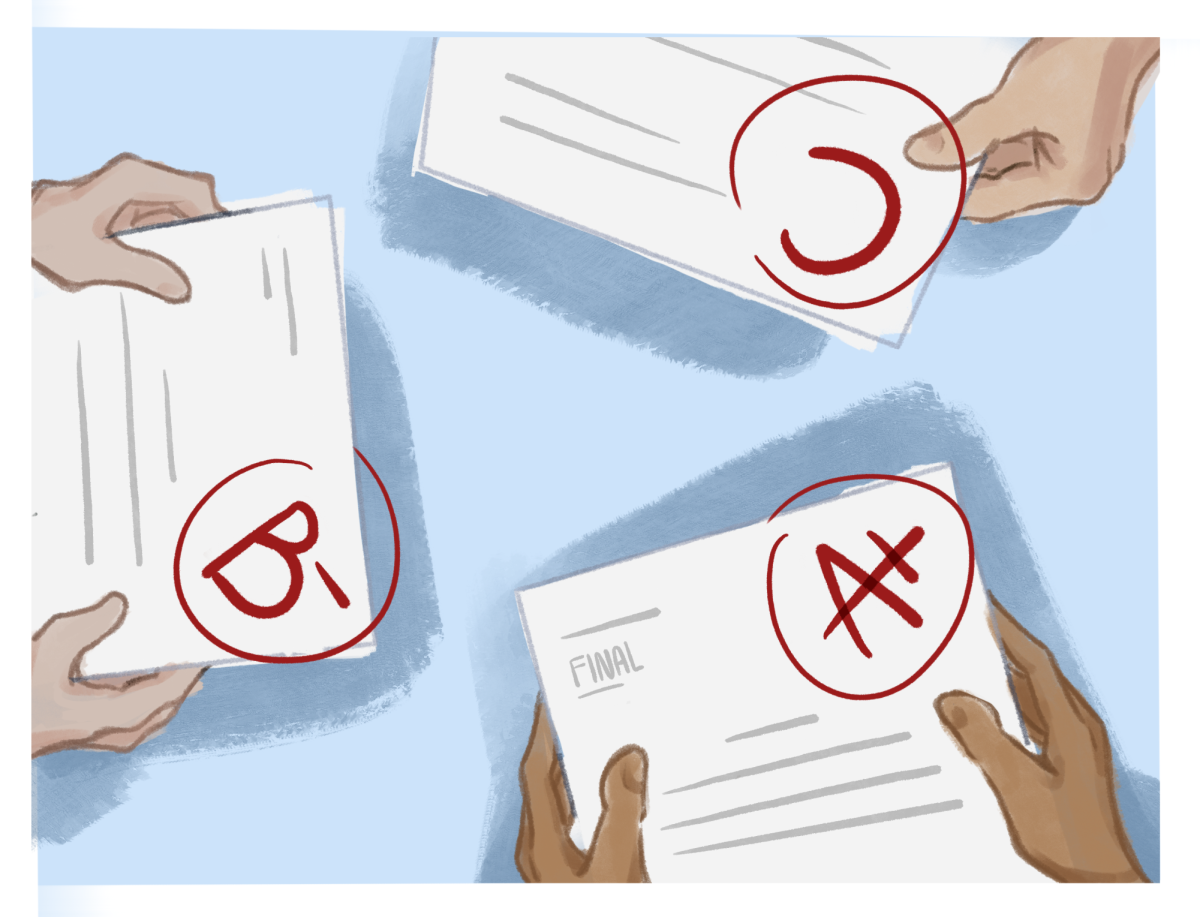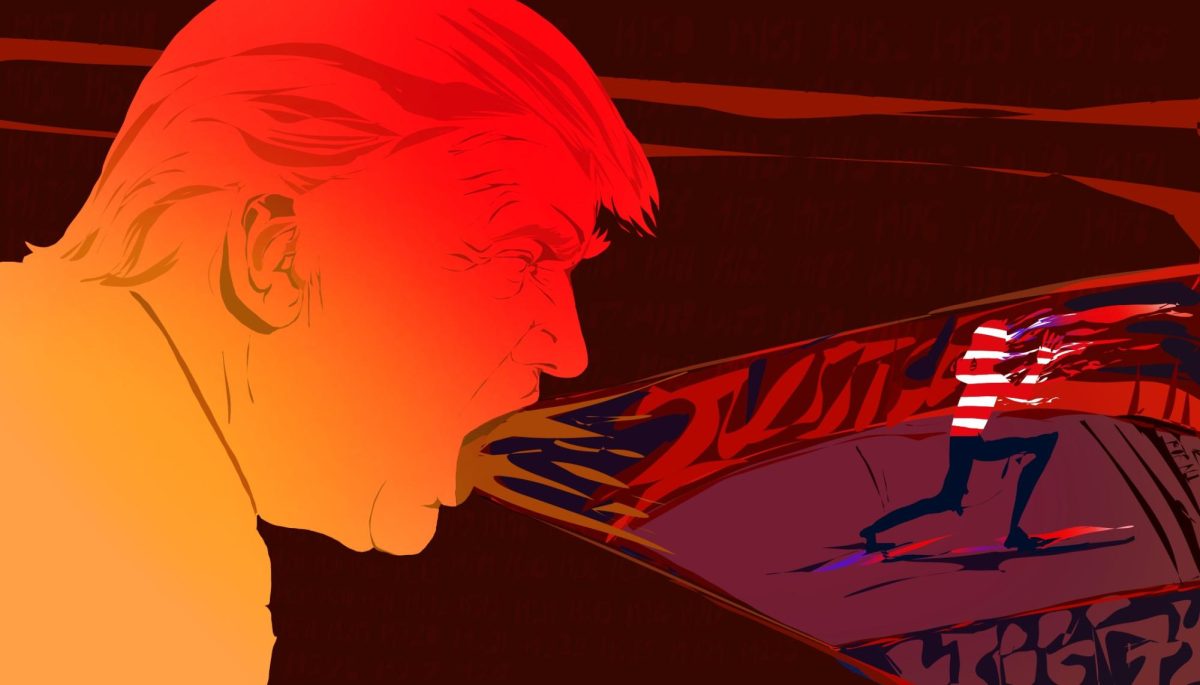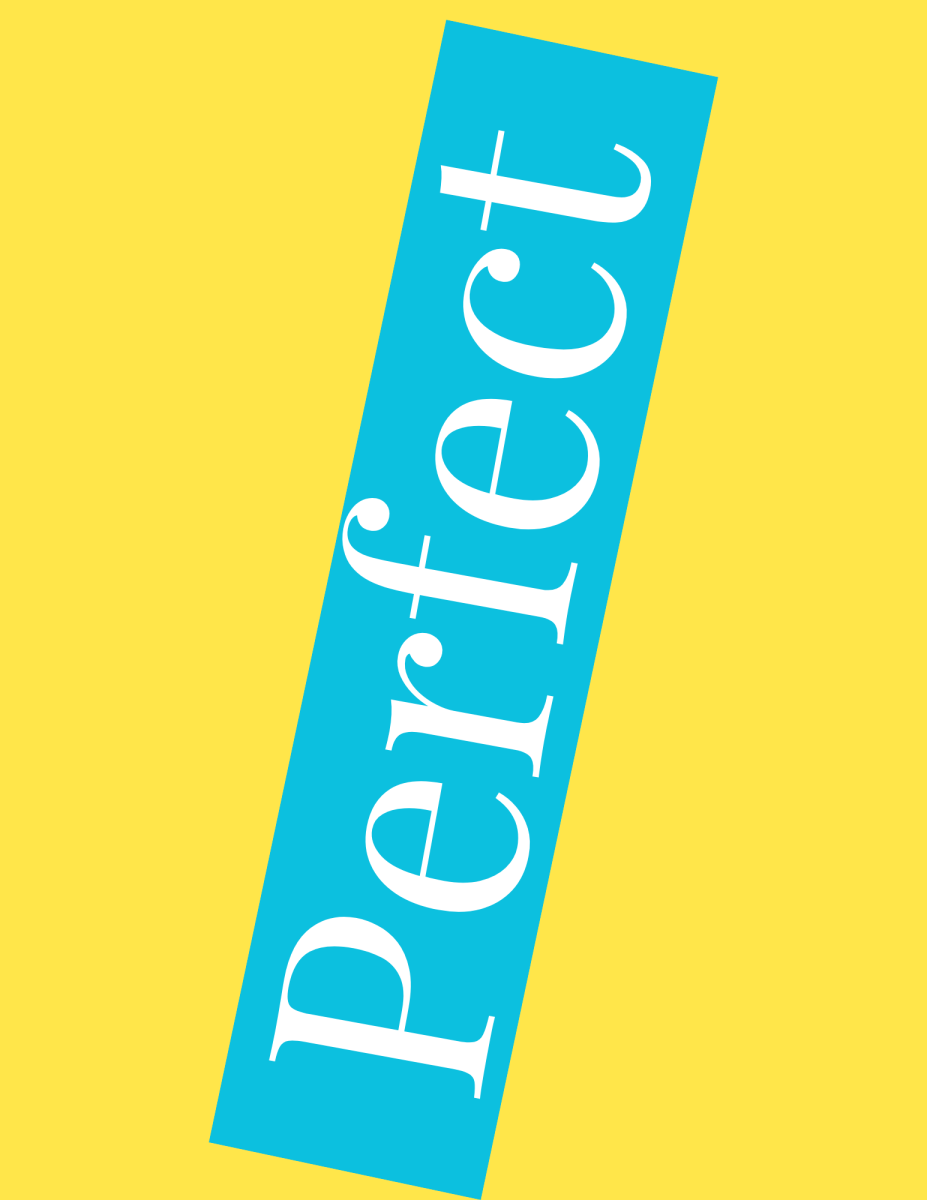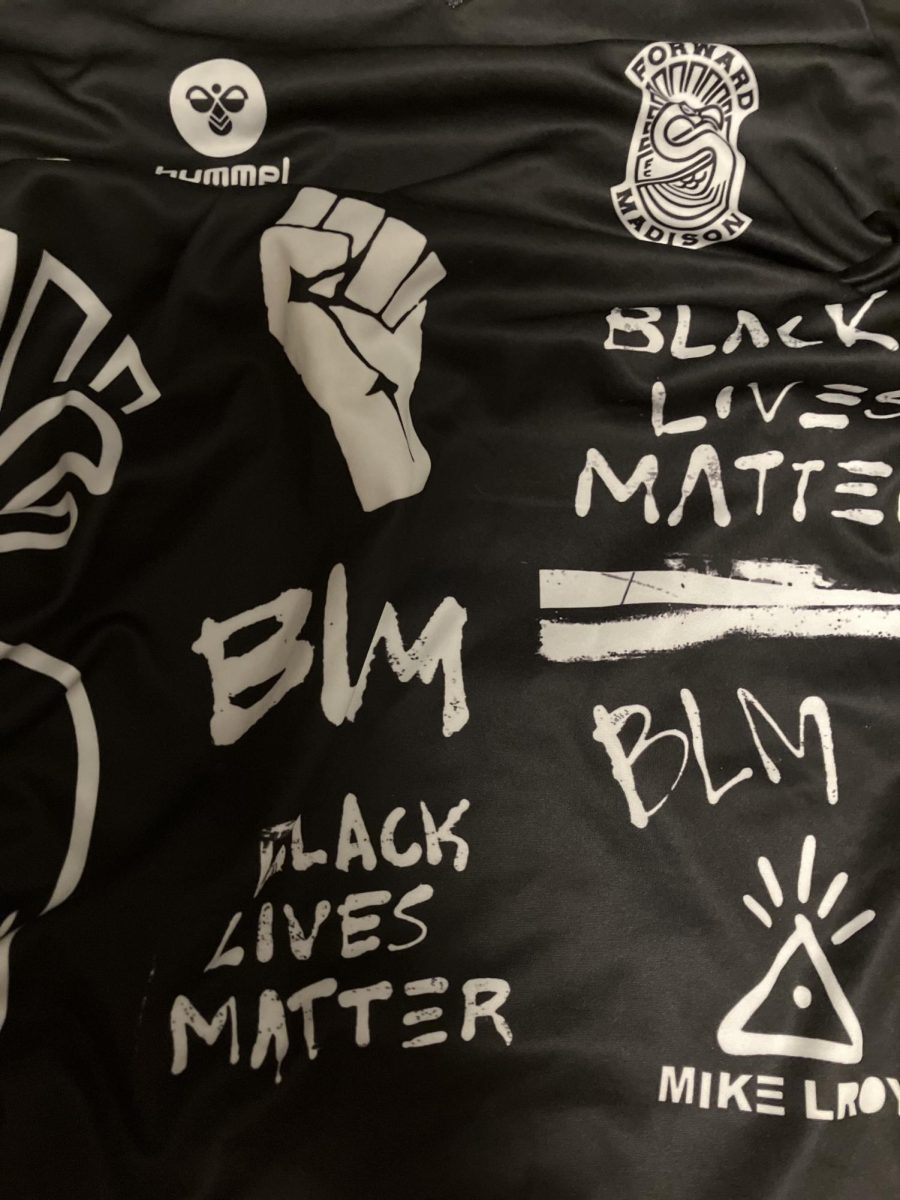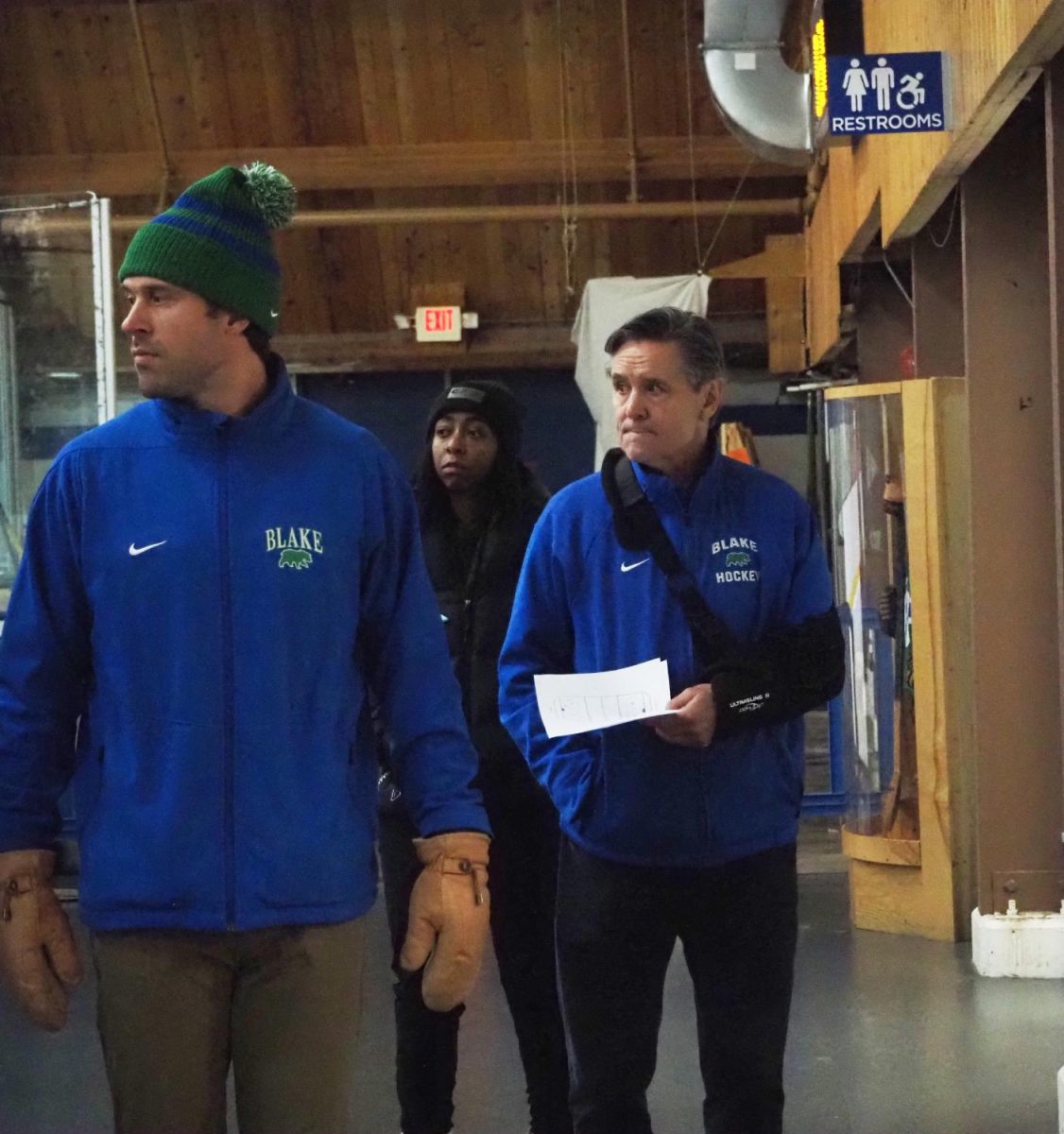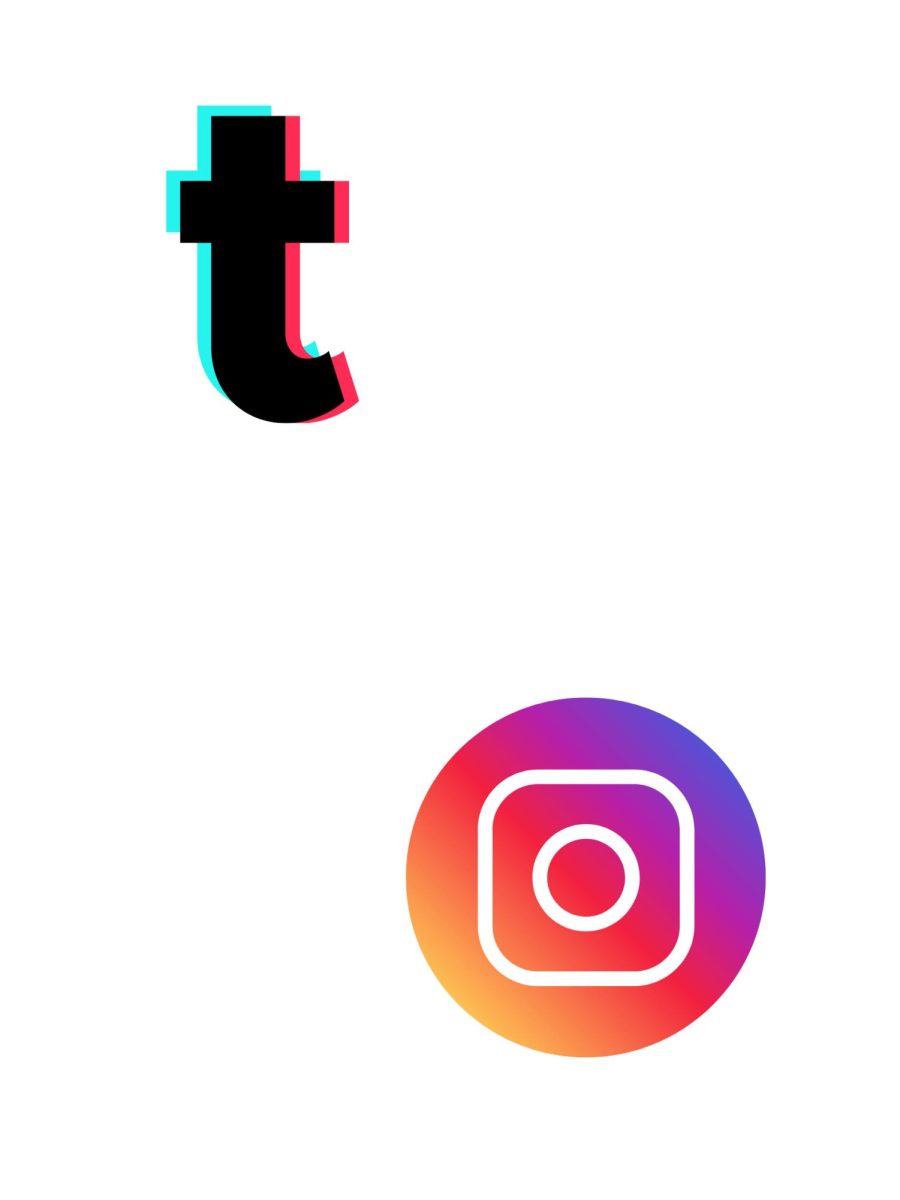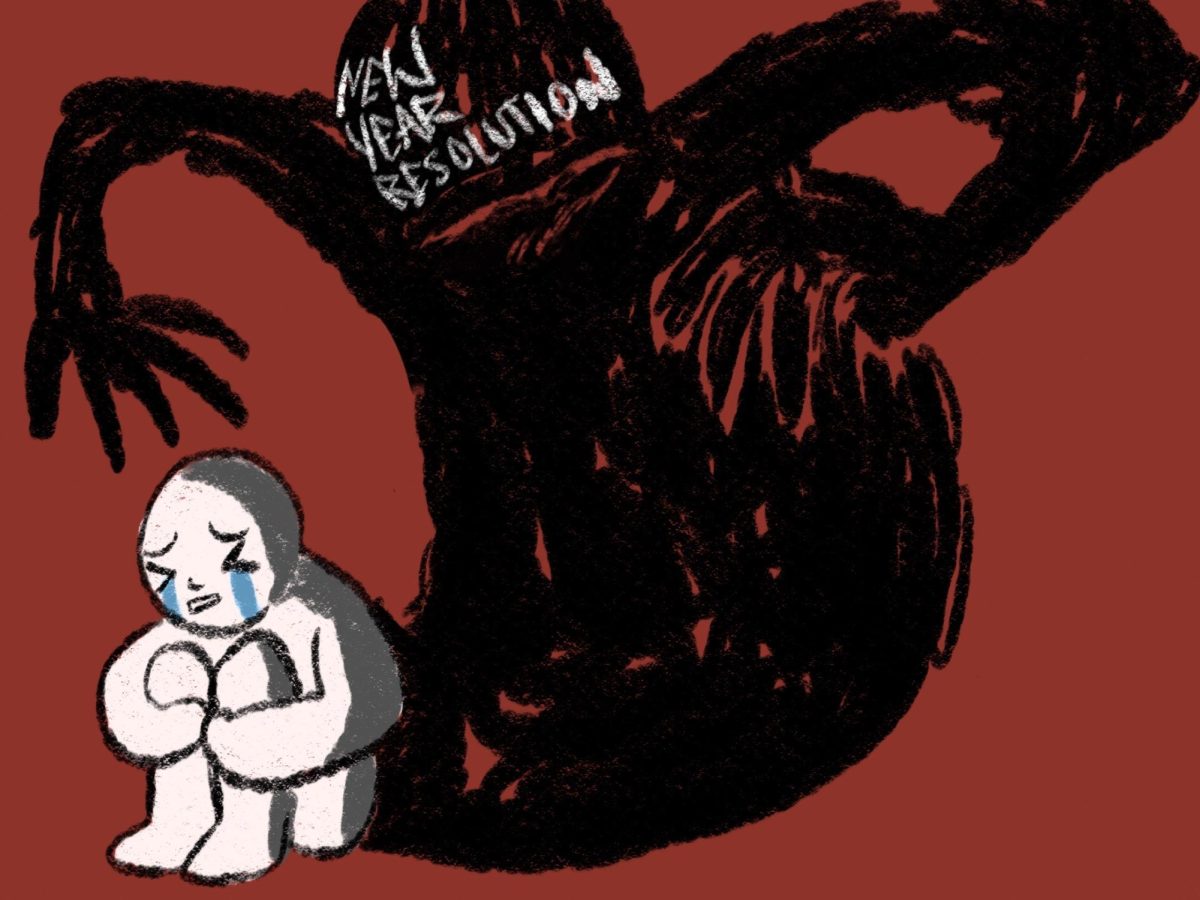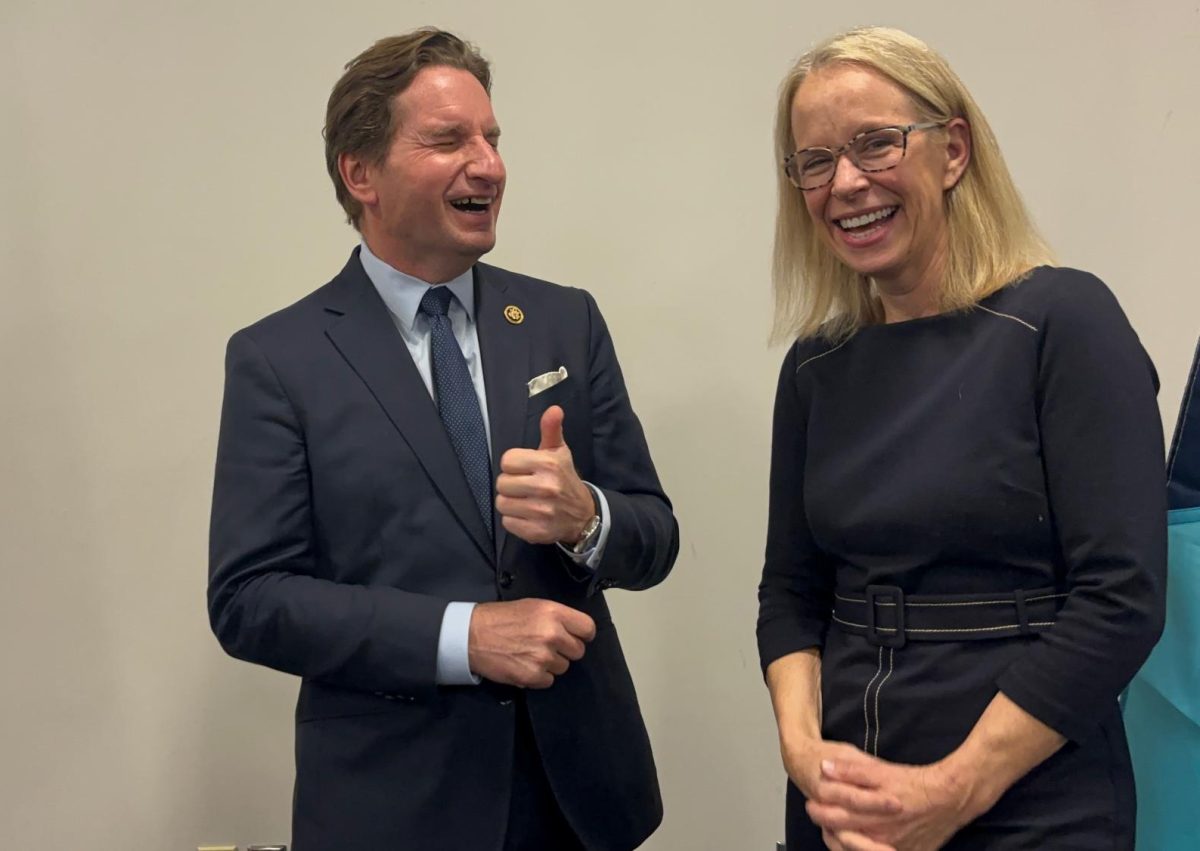“She’s a slut.” “That shirt is stupid.” “She thinks she looks so sexy.” I am truly disappointed.
At our school, we advertise ourselves as a community where people don’t have to worry about not being accepted. For example, we promote the expression of differing gender identity, sexual orientation, religious preferences, and race/ethnicity, but one seriously neglected area is style. Even after years of discrimination against “provocative” and inappropriate clothing, some people still haven’t figured out that what anyone decides to wear in the morning is absolutely none of their business. What we wear to school ranges from “preppy and colorful,” as Jarrett Young explains his style, or as Kelly Brakken ‘17 describes, “I mostly wear comfortable things. Whatever I want in the morning. Sometimes that means pajamas, and bras are always optional.” Style is a first impression that we are constantly projecting throughout the day, and it’s an integral part of our personalities. Blake has a relatively relaxed dress code, yet I hear people complain about not being “allowed” to wear what they want or judge others for their clothes. As spring nears, I’m worrying about how these expectations will affect how we dress and if we will be restricted by a higher standard.
Annie O’Connell ‘18, and Young agree, our dress code does not limit self expression, but rather it inspires students to explore other more ways of conveying themselves. But I still hear whispers of, “She’s gonna get dress coded,” as girls strut down the hallway in shorts and tank tops. But why are we so concerned with the dress choices of other students? Though there seems to be an apparent lack of dress code at Blake and the prospect of actually being dress coded seems to be a bit of a myth, Paul Menge US Director, shared the student handbook policy, “Dress should be neat, clean and appropriate. Appropriate dress is neither distracting nor offensive to others in the community. Examples of inappropriate dress include clothing with sexual or alcohol/drug references and overly revealing tops or bottoms. Students must wear shoes at all times.” I enjoy the simplicity of these restrictions, but at the same time, I feel like they are a bit vague, and it begs so many more questions. What is appropriate? How do we classify offensive? And what does Blake have against my bare feet?
Young thinks that dress codes should protect students from exposing themselves inappropriately. I think that the generational divide between staff and students constricts our understanding of what makes the other uncomfortable, while I couldn’t care less if you can see my embarrassingly tan-lined thighs, my teachers have a different concept for what is too revealing.
O’Connell disagrees with Blake’s dress code altogether stating that it should be removed from the handbook “because it’s not worth the controversy.” When students become aware of a rule directly pertaining to dress, they oftentimes become either more motivated to find ways to push the boundaries or become anxious that their choices will not suffice the standards. If little focus on a dress code is brought forth by the faculty, there is less of a chance that students will feel the need to challenge the rules through their garments. Brakken also added, “The entire idea of dress codes is outdated. As style has evolved, it has become a big part of everyday expression, and a person’s work ethic should no longer be determined by the type of clothing they wear. The mission of schools is that they provide a safe space for young adults to learn and discover their own interests, and dress codes can generally make the atmosphere more judgmental and uncomfortable, particularly for young women.”
I have been hearing a lot about dress codes being sexist and directed only at girls. For example, short shorts. Since boys generally wear longer shorts than girls, girls are put into a position to receive more complaints about theirs being “too short”, or “too revealing,” especially when Adams admits, “Dion one day told me my shorts were too revealing as they were tight pink…short spandex.” Unfortunately, in many schools, a girl is taught from an extremely young age that the way she presents herself through her clothing is to be monitored in an attempt to prevent offending anyone. Girls are taught immediately that their bodies are “distracting” and that being comfortable with their own bodies is shameful, and boys are taught that girls are sexual objects. Even though Adams doesn’t “see how dress codes could be sexist,” Brakken thinks “It’s time that we as a community accept that, yes, dress codes are inherently sexist. The restrictions that are often in place target girls more significantly than boys and sexualize their bodies from a very young age.” And Megan Dorn ‘18 questions, “why not teach young boys self control instead of telling girls that they have to cater to boys’ needs?” How can we continue to enforce sexist dress codes when there are such detrimental outcomes?
Gregory Lim ‘15 who declared that, “Teachers are supposed to be professional and set an example. Business casual should be imposed on them.” I asked Young, “Should dress codes apply to teachers?” who after a moment of thought decided that, both students and teachers should be held to the dress code, I agree, besides, who would want to see his or her teacher in short-shorts anyway?

